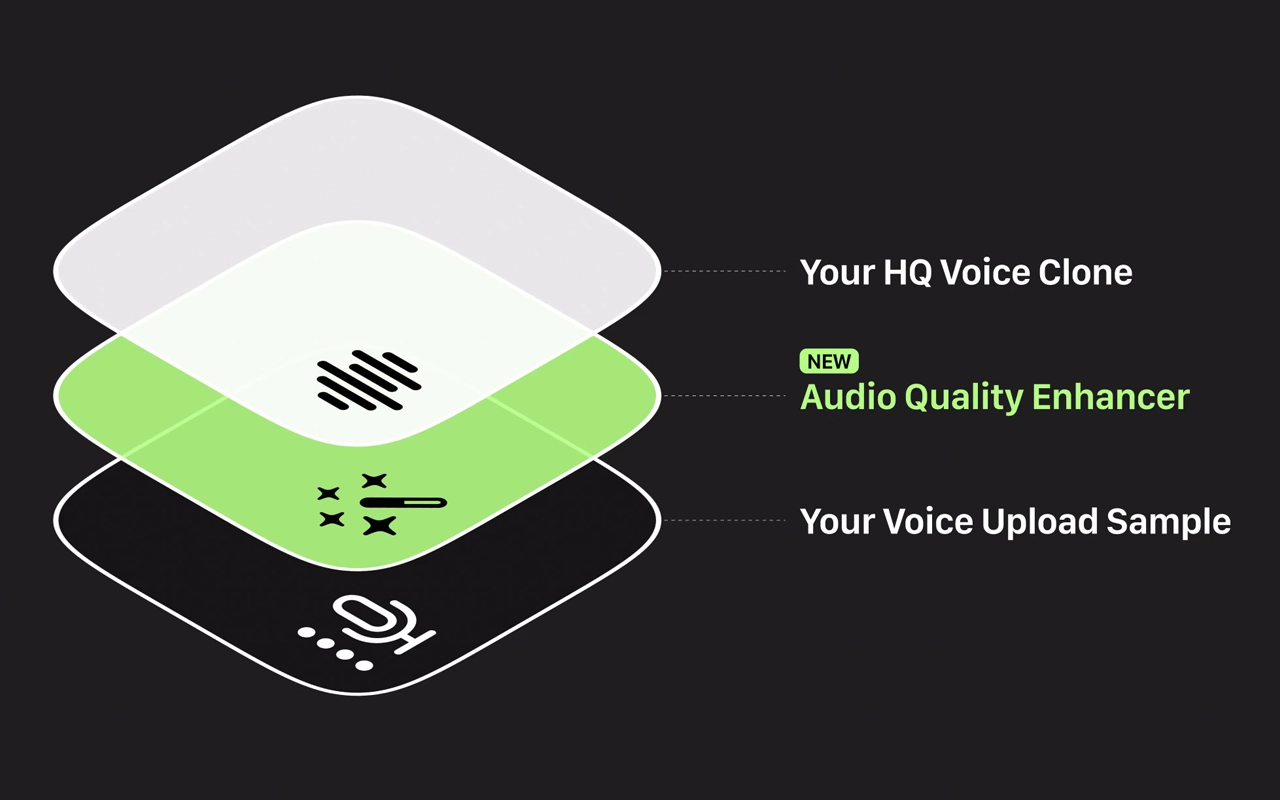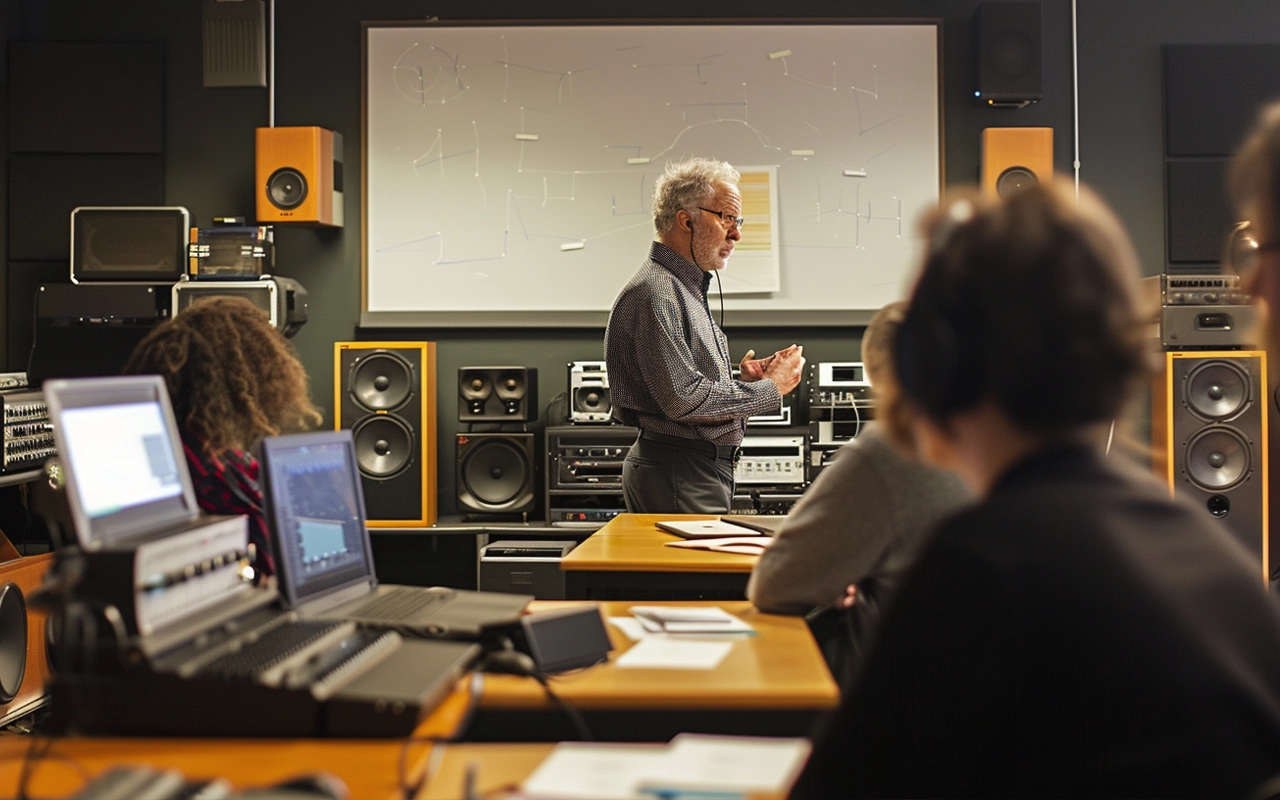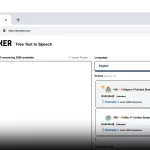AI Voice Cloning Tips. From an Expert Get the most realistic AI voice with the ultimate AI voice cloning tips and guide, from the experts.

Clone your voice with AI that is indistinguishable from the original
Get started for freeTable of Contents
When it comes to voice cloning, the devil is in the details. From instant cloning that gets the job done quickly, to the more nuanced high-fidelity cloning that delves deep into a speaker’s vocal characteristics, there’s a lot to consider. As someone who’s spent considerable time exploring ai voice cloning technology, let me walk you through the essential AI voice cloning tips, tricks, and best practices.
Instant Cloning vs. High-Fidelity Cloning
Instant Cloning
If you need a quick clone of a person’s voice that captures the most prominent characteristics, instant cloning is your go-to. This method requires minimal audio input—sometimes as little as 30 seconds—and produces results almost instantly. It’s particularly effective with major English accents like American, British, Canadian, Australian, New Zealand, and Indian. Plus, you can tweak your cloned voice with customizable styles, whether you’re after a specific emotional tone or a unique delivery. This approach is especially useful in text to speech applications where speed and efficiency are key.
High-Fidelity Cloning
On the other hand, high-fidelity (HF) cloning is where you’ll find the real magic. It maps the deep nuances of a voice, including complex accents and subtle intonations, making it a powerful tool for more sophisticated voice synthesis tasks. HF cloning requires a more substantial amount of audio—at least 10 minutes, but ideally, 1 to 2 hours. If you’re working with a particularly nuanced accent, you might need up to 6 hours of audio. The payoff? A clone so accurate, you might just forget it’s synthetic.
Enhancing Voice Quality in Cloning
The quality of your voice cloning results directly correlates with the quality of the audio you provide. For instant cloning, aim for at least 3 to 5 minutes of clean, high-quality audio. For high-fidelity cloning, the sweet spot lies between 1 to 2 hours of audio.
Avoid the Pitfalls:
- Background noise: Steer clear of recordings with ambient sounds—noises like traffic, fans, or even distant chatter can degrade the final output.
- Reverb and Echo: Minimize these as much as possible. They can muddy the clarity of your cloned voice, making it sound less natural.
- Audio Formats: Stick to .mp3 or .wav files with a sampling frequency between 32,000 Hz and 48,000 Hz, and a bitrate that ensures the highest quality possible.
Here’s a quick rundown of what you should aim for:
- Bad: Noisy, distorted, or highly compressed audio.
- Good: Clear audio with minimal background noise.
- Great: Studio-quality recordings, free from any interference.
Nailing the Accent with High-Fidelity Cloning
Getting the accent right is critical, especially if you’re cloning a voice with regional nuances. High-fidelity cloning excels here, but if you’re still not getting the exact accent, try uploading even more high-quality, longer audio clips. For almost any accent, 4 to 6 hours of pristine audio should do the trick.
Adding Life to Your Cloned Voice
A common challenge in voice cloning is ending up with a voice that sounds flat or robotic. The key to a lively, energetic clone lies in the tone of the original audio. If you want your clone to have a vibrant personality, make sure the source audio reflects that. Whether it’s an audiobook or a podcast recording, the energy in the original will shine through in the clone.
Why Voice Cloning Sometimes Fails
If your cloning attempt didn’t turn out as expected, here are some common reasons why:
- Insufficient Audio: For instant cloning, you need at least 30 seconds of clear audio (but 3-5 minutes is better). High-fidelity cloning requires a minimum of 10 minutes, with 2-3 hours being ideal.
- Non-English Audio: The AI currently only supports English.
- Audio Quality Issues: Background noise, multiple speakers, or audio effects can all throw off the cloning process.
- Multiple Speakers: If your audio has multiple speakers, you need to specify which voice to clone—this is only an option with high-fidelity cloning.
Content Matters: What to Say in Your Audio
The content of the audio you provide should align with the intended use of your cloned voice. For example, if you’re cloning a voice for an audiobook, your source audio should be a narration. If you want a conversational tone, consider using audio from a podcast. The rule of thumb is simple: the tone of the original will set the tone for the clone.
Custom Voice Styles: The New Frontier
One of the latest features in voice cloning software is the ability to create custom voice styles. You can add a unique style to your cloned voice by uploading a high-quality audio clip (preferably 3-5 minutes) in the desired tone. This adds a whole new layer of context and personality to your AI-generated voice.
Accessing Cloned Voices via API
For developers looking to integrate cloned voices into their applications, our API offers robust support. Check out the API documentation for detailed guidance on how to get started.
Improving Pronunciation in Cloned Voices
If your clone struggles with specific pronunciations, there are a couple of tricks you can use:
- Acronyms: Break them down with spaces (e.g., “N A S A”).
- Phonetic Spelling: Tweak the spelling to match the desired pronunciation (e.g., “Houston” as “Hiuston”).
Multilingual Cloning: Expanding Horizons
With multilingual cloning, your voice clone can speak multiple languages fluently, retaining its unique characteristics across languages. This is particularly useful for global localization, translation, and accessibility services. By mapping vocal qualities like timbre, pitch, and tone, the cloned voice remains consistent and authentic, no matter the language.
Best Practices for Voice Cloning Success
To create a voice clone that truly impresses, focus on the following:
- High-Quality Audio: Use professional recording equipment, as the AI reproduces the quality and sound you provide it. XLR microphones paired with an audio interface are ideal for high quality voice cloning, but USB and other microphones also work. Some affordable recommendations include an Audio-Technica AT2020, RØDE NT1, or even Shure SM58 paired with an interface from Focusrite, Behringer, MOTU or similar.
- Pop filter: Use a pop filter and/or windscreen to reduce plosives.
- Position: Position yourself at the proper distance from the microphone, with your mouth about 6 inches away.
- Background hums and noises: Make sure your audio signal has no background noise such as traffic, air conditioning, refrigerator hum, or even electrical interference. Your recording environment is just as important as your equipment.
- Dry audio: Ensure that the audio has no room reverb or echo. It’s ideal to record in an acoustically soundproofed room. You can also use thick blankets, quilts, or curtains to reduce reverb, as well as cover the floor with an area rug. A reflection filter can also be made with pillows or blankets.
- Consistent levels: Keep a relatively consistent volume. The goal is to keep your average loudness within the standard voiceover range of about -23dB to -18dB RMS, with peak levels never exceeding -3dB. Natural variances and expressiveness are completely fine as long as your average stays within this range.
- Pauses: Avoid excessive pauses that exceed 10 seconds when possible.
- Test audio: We recommend taking a couple short test recordings and listening back through headphones to see how your audio can improve.
- Audio Content: Choose content that reflects the intended use of your clone—whether it’s formal, conversational, or narrative.
- Test and Compare: Before finalizing, make sure to test your recordings and compare them to what you want your clone to sound like.
- DAWS: Free audio editing software such as Audacity (Win/MacOS), GarageBand (MacOS), or similar work for both recording and editing if necessary.
Expressiveness and Emotion in Cloned Voices
The more expressive your training audio, the more versatile and natural your cloned voice will be. Diverse emotional deliveries make for a more dynamic and realistic voice clone, whether you’re aiming for an authoritative voiceover or a casual chat.
By following these tips, you can harness the power of voice cloning technology to create high-quality, expressive, and accurate voice clones. Whether you’re a content creator, developer, or simply curious about the possibilities, these insights will help you get the most out of your AI voice generator.
Similar articles

How to Make an AI Voice: A Step-by-Step Guide

The Best Voice Cloning APIs

Speechify Voice Cloning: A Comprehensive Guide

ElevenLabs Voice Cloning: Revolutionizing Voice Cloning with AI

Everything to Know About Zero Shot Voice Cloning

AI Text to Speech Voice Cloning

Voice Cloning Tips for the Best Quality

How to Clone Your Voice with AI

The Best AI Voice Cloning Software Right Now!

































































































